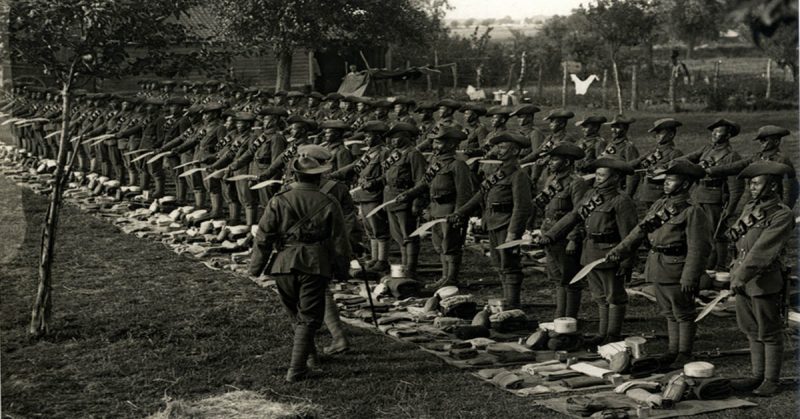Massive two-handed Zweihänder- type swords are pretty cool, and were certainly effective on the battlefield, but sometimes a small, twisted pair of nails can fell a fully armored knight with a fraction of the effort. Here are a few weapons, or tools that could be exceptionally effective despite their small size.
1. Caltrops: Ancient Mines as Cheap as Nails
Caltrops could be as small as an inch tall or half a foot high, and made with the utmost precision or hastily twisted together. Essentially, caltrops were two twisted rods (often simple nails) of metal with four points. They were made so that no matter how they fell, three points supported one vertical tip.
Caltrops were mostly used as a barrier to prevent entry, such as in front of a castle gate or where a wall breach was likely to occur. Unsuspecting men would step down, letting gravity drive the spike deep into the foot. With enough force the wide base could widen the wound, giving both a puncture and gaping wound in one.
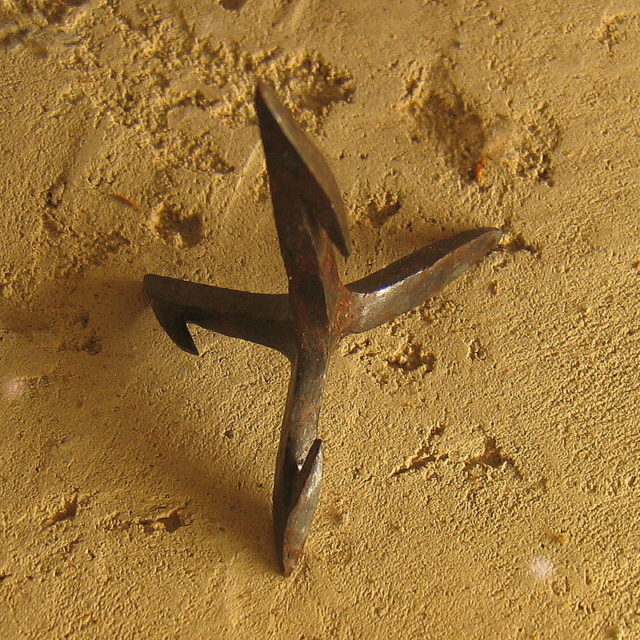
Horses were often maimed, though their tough hooves could give them a fighting chance. In comparison, they were known to instantly cripple camel charges, as they had much softer feet. In more modern eras, caltrops have been used extensively to pop tires, from airdrops over enemy airfields to road deployment to stop criminals. Their ease of use and effectiveness makes their possession illegal in many U.S. states today.
2. Atlatl: Throwing a Spear as Fast as an MLB Pitcher Throws a Baseball
Atlatls are very simple-looking tools but are incredibly complex in the action required and the physics involved. It was perhaps one of the first tools ever used to launch projectiles, far preceding the bow. The Atlatl launched large darts or spears by cradling them in a wooden shaft and inserting the feathered end into a dull point or a cup. The user held the end farthest from the point or cup and threw, using the atlatl as an extension of their arm.
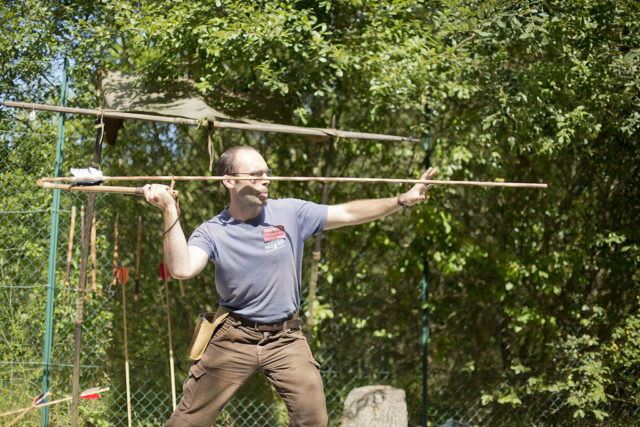
This increase in leverage, combined with the elastic energy stored in the atlatl and the length of the projectile, allowed spears to travel over 100MPH. Its invention and use have often been credited for speeding along the extinction of wooly mammoths by allowing more critically penetrating hits. The swift movement combined with the flexing of the projectile as it released its energy made shots difficult to dodge.
The atlatl was used heavily against the Spanish conquistadores invading the Aztec Empire. The atlatl lacked the power to penetrate metal breastplates, especially with stone heads, but they did cause significant damage and denting, and could have easily broken ribs or penetrated lighter mail armor. The atlatl is still used in a variety of forms by Aboriginal Australians and Eskimos for hunting. Here is a video showing an atlatl demonstration against a breastplate:
https://youtu.be/hjV7lYP6hRw
3. Kakute: The Ring that can put Some Sting on Your Slap
One of the smallest weapons on this list, or ever, the Kakute was a ring knife used quite counterintuitively. Rather than facing the point(s) outward for punching, the ring’s point faced inward, hidden by the palm. They were used primarily to grab and control an opponent, the points digging in, giving a good grip and causing pain-compliant control over your opponent.
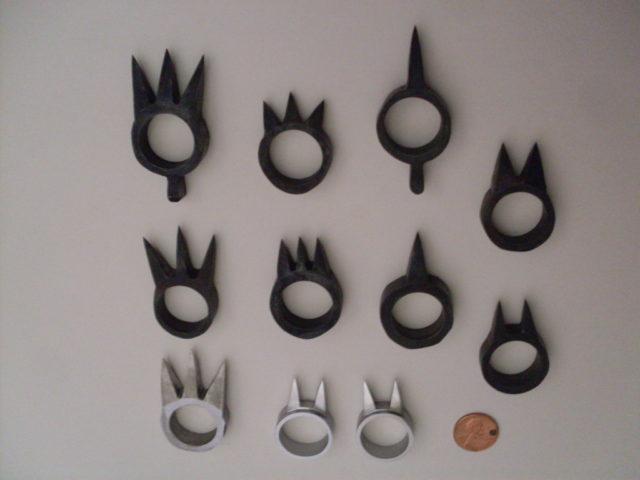
A variety of Kakute were used, from one to four points. The single points were better for slashing palm strikes and penetrating wounds during choking. Four pointed Kakute were more effective against opponents with clothing and for climbing. Some Kakute even had a tie loop to attach a rope. This rope could give the wielder a stronger hold on opponents or for more help climbing.
4. Kukri: The Do-Everything Knife that Could Take Your Arm off
A few knife and dagger collectors might be familiar with the vicious kukri. Some call it the Gurkha blade in reference to the famous Gurkha troop’s iconic use of the weapon. The kukri is on the larger side for this list, but it certainly belongs here, based on how lethal and functional it was for its size. A long knife with an angled blade, this traditionally Nepalese weapon had a broader size after the angle, before narrowing to a sharp point.
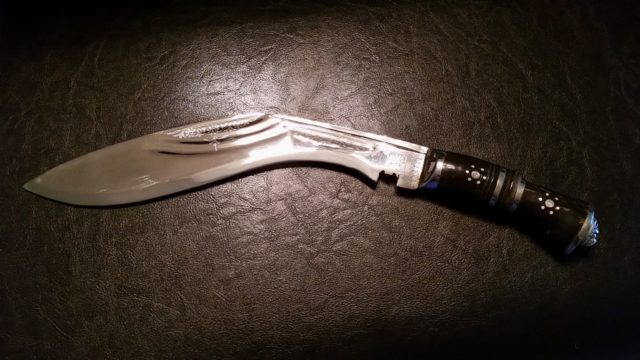
The power of this weapon was much larger than its size would indicate. The angle made the kukri easy to chop, and the wider and heavier blade allowed the knife to sever limbs as well as a much larger blade. The shape also allowed the blade to cut while chopping. The point gave the kukri powerful slashing power, making for a dangerous blow even if only the tip made contact. Lastly, the point and angle made the kukri cut and slide downward when stabbing.
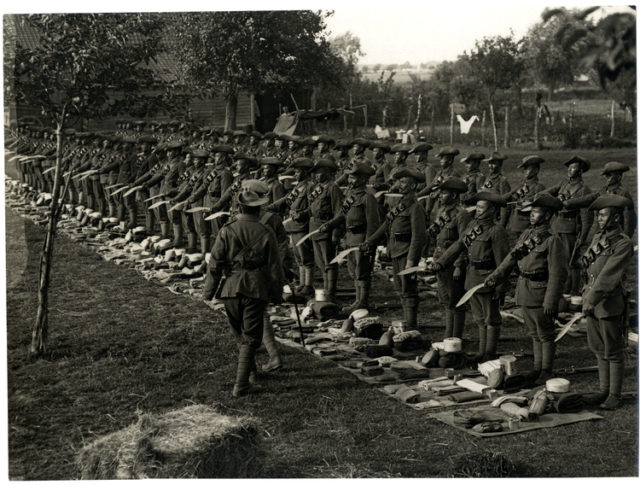
The kukri is still widely used throughout Nepal and other regions today. Soldiers and some police still carry the weapon, but it gets even more use as a multi-tool. It is nearly as effective as an ax for chopping wood, as a cleaver, and for opening cans, clearing brush and more. It is a staple tool in most Nepalese homes and still remains a symbol of the martial prowess of the Gurkha.
5. Chakram: A Very Dangerous Frisbee
How about a hollow Frisbee that could take your hand off? Well, that’s what a chakram was. The chakram was an Indian weapon first seen in representations of the god Vishnu. A large ring, dull and thick on the inside edge and razor sharp on the outer edge, the chakram was usually thrown by swirling it around on the end of the index finger. Expert users could spin the chakram quite fast and throw it with incredible velocity.
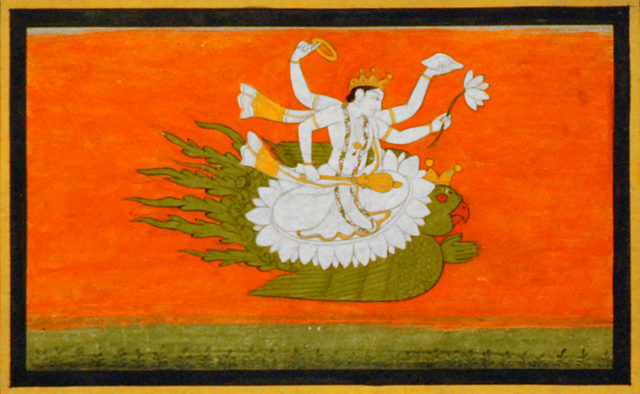
The chakram worked by being a relatively hefty and rotating on impact, pushing through flesh while simultaneously slicing. Smaller chakram could fly as far as 100 yards, causing large slicing wounds. Heavier chakram were ideal at less than 20 yards and reportedly could cut right through bone. Though harder to master than the bow, they were preferred by skilled users as they could be more precisely aimed even given high winds and launching from a horse or elephant.
Extra chakram were worn on arms, wrists, hats and on necks. Here the band of metal could serve a vital defensive role, with many masters able to effectively parry swords with arm chakram. The arm chakram could also be wielded offensively, with strong strikes able to cause unexpected damage. Ultimately the chakram were too difficult to use to be adopted by the masses, but skilled users were feared on the battlefield. They were dangerous at any range and seemingly never ran out of ammunition.
